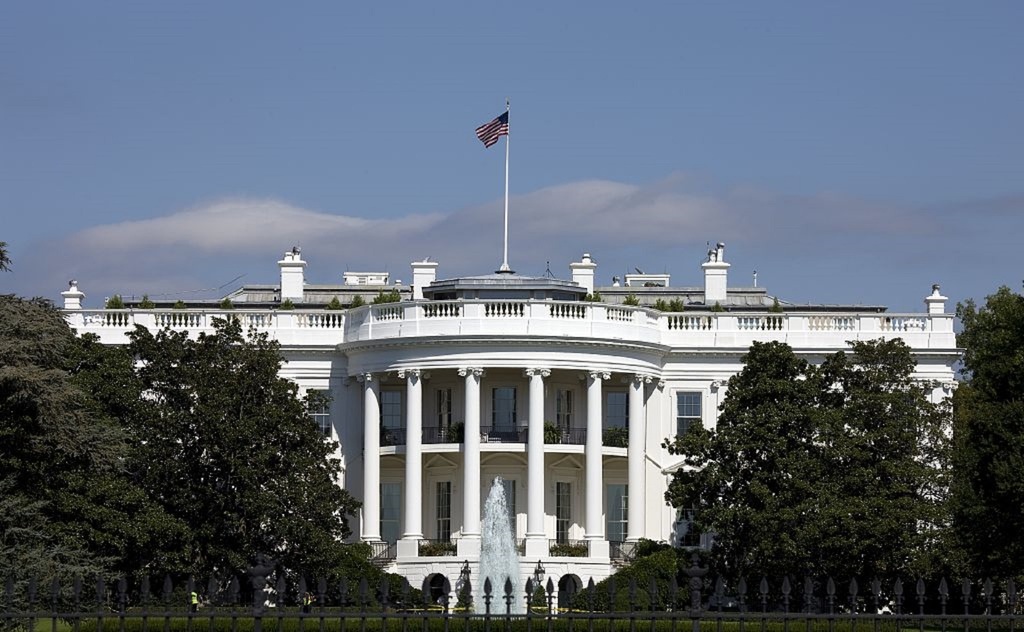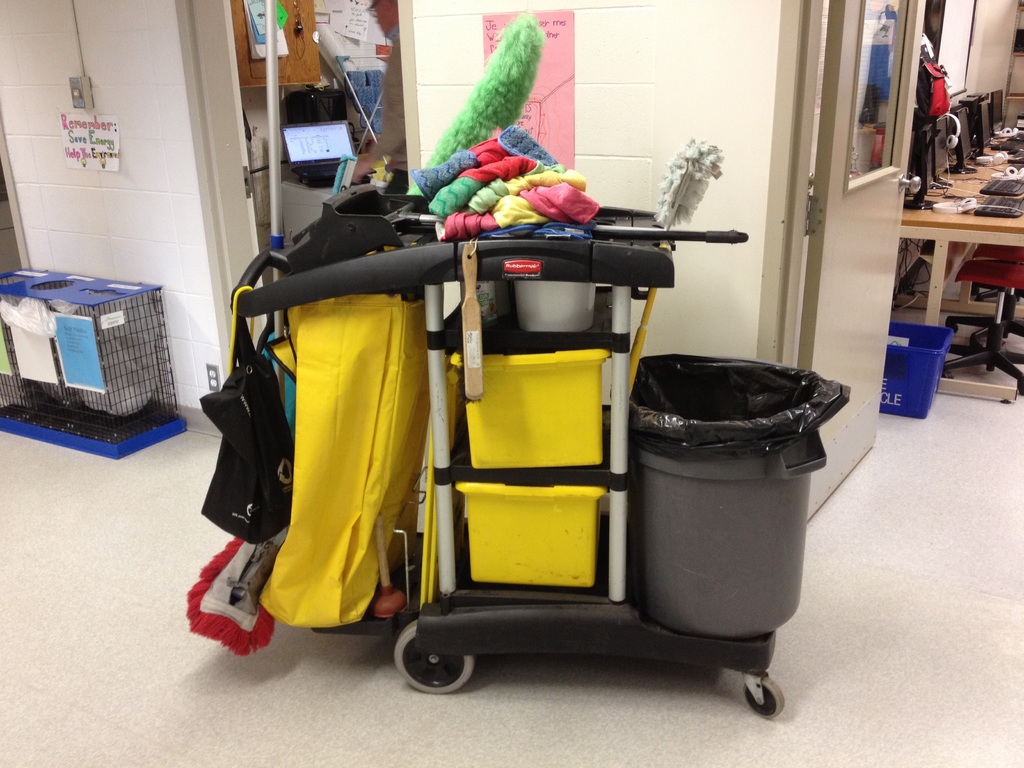There were several trials between Jesus’ arrest and His crucifixion. Taking all of the Gospels together, Jesus was tried or questioned by Annas, Caiaphas, the Jewish ruling council, Pilate, some Roman soldiers, Herod, and the crowd that condemned Him before Pilate. Perhaps because of John’s unique access, he provides some reporting that is not contained in the other Gospels.
Jesus’ first stop recorded by John is to Annas the high priest. “So the soldiers, their commanding officer, and the Temple guards arrested Jesus and tied him up. First they took him to Annas, since he was the father-in-law of Caiaphas, the high priest at that time.” (John 18:12–13, NLT) John interposes some of Peter’s denials, we’ll pick that up again in our next article. Skipping ahead, “Inside, the high priest began asking Jesus about his followers and what he had been teaching them. Jesus replied, “Everyone knows what I teach. I have preached regularly in the synagogues and the Temple, where the people gather. I have not spoken in secret. Why are you asking me this question? Ask those who heard me. They know what I said.” Then one of the Temple guards standing nearby slapped Jesus across the face. “Is that the way to answer the high priest?” he demanded. Jesus replied, “If I said anything wrong, you must prove it. But if I’m speaking the truth, why are you beating me?” Then Annas bound Jesus and sent him to Caiaphas, the high priest.” (John 18:19–24, NLT)
This may be a bit confusing since according to Jewish law there is only one high priest at a time. So a bit of history is in order. Annas was the high priest until removed by the Romans. At the time of Jesus, the official high priest was Caiaphas. Annas was still honored with the title but not the responsibility. Annas also seemed to act as an influential power behind the Caiaphas’ authority.
Annas questioned Jesus about His teaching. Basically, Jesus replied that he’d done everything in the open and suggested that Annas ask His followers about it. One of the temple guards, perhaps Annas’s personal guard, slapped Jesus. “Is that the way to answer the high priest?” the guard spit out. To which Jesus replied, “If I said anything wrong, you must prove it. But if I’m speaking the truth, why are you beating me?” After that Annas sent Jesus to Caiaphas.
The first truth, Jesus taught in the open and not in secret. In other words, Jesus was not a gnostic teaching “hidden truths.” The gospel is not a secret. If a teacher ever shows up and claims to know the hidden things of God – run the other way. God is literally an open book.
The second truth, the world quickly makes things personal. We should be ready for personal attacks when speaking and living our faith. Especially in the rough and tumble of social media. But notice Jesus’ response. He didn’t return with a personal attack but challenged its injustice and pointed back at the truth. This is a direct example of turning the other cheek.
Both of those lessons are vital for navigating the world and being a light for Christ. We need to be open in our faith to the degree possible. The Gospel is good news, not some hidden door that must be discovered. That openness comes with a risk, the risk of personal attacks. When that happens we should follow Jesus’ example of not punching back in the same way.
- Mark: Consider the Sower - May 28, 2025
- Mark – Family Matters - May 26, 2025
- Mark: A House Divided - May 22, 2025




